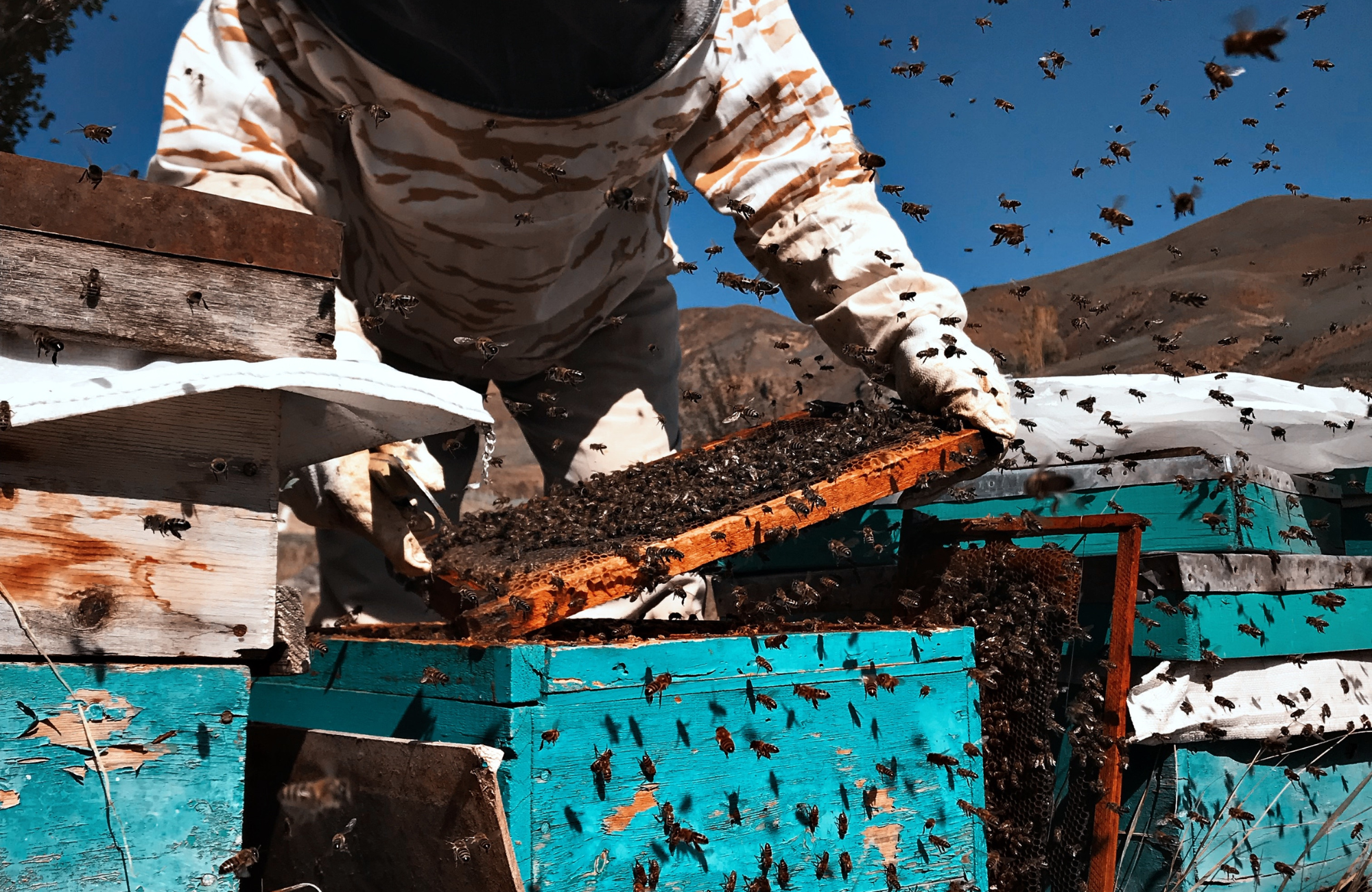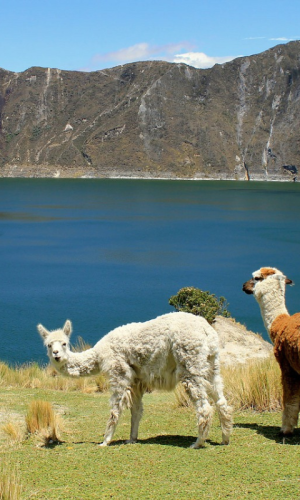Visiting Quebec City is a pleasure for the foodie, the historian, the fashionista and unexpectedly, the budding biologist. Today and throughout history, humanity’s story has been interwoven with the quirky creatures with whom we share this planet – and I don’t just mean the French! Hope you enjoy the top 6 fascinating facts about animals that play a role in the story of Quebec City.
By Allison Beattie
Beaver Tails

If you haven’t eaten a Beaver Tail, do not miss this delicious, sugary treat on your next visit to Quebec City. Ever wonder why a donut-like delicacy is named after an aquatic animal? When Europeans first started settling in New France (todays Quebec), the majority were French and Irish Catholics. In the Catholic tradition, there are over a hundred days a year when the faithful don’t eat meat. In the cold Canadian winters of New France cutting out the main sources of dietary fat could be deadly. The mayor was rightly concerned. To save the budding nation, the mayor of Quebec convinced the Pope to declare Duck and… Beaver Tails to be fish. Thus, allowing the people to feast on the fatty tails of the industrious animals.
Caribou
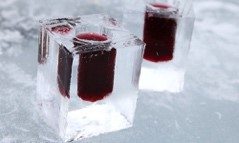
A popular adult beverage unique to Quebec gets it’s name from the majestic Canadian member of the deer family – the Caribou. Today this popular beverage generally consumed at the Quebec Winter Carnival by revelers is made with port wine mixed with liquor like brandy or vodka and a little bit of syrup. The mix gets the name Caribou from the days of Voyageurs and loggers, who drank a mix of wine and you guessed it – Caribou blood! Blech!
Red Roofs
You can’t miss the vibrant red roofs when you walk around old Quebec. The historic architecture, boasting a mix of classic French and British styles, brings to life the rich history of the beautiful

European inspired city on the edge of the St Lawrence river. But why the red roofs? The answer is two-fold and fascinating. Calling the Quebec winter season tough is an understatement. The snowfalls today and in yesteryear could reach epic proportions. When the city was covered in more than a blanket of snow, a brightly covered roof was a way to guide you home. No telling how long it takes to dig out your door though.
Why the colour red? The same reason barns are generally red; it was historically the cheapest colour paint. Have you guessed why yet? Just like the caribou wine, the paint was made with blood, but this time from Buffalo. For the animal lovers out there, don’t fret – today red is the most expensive colour to produce and not a drop of blood goes into the mix.
The City Bees
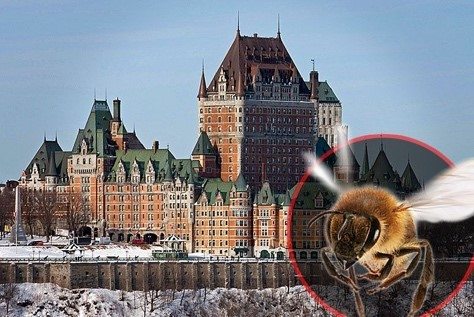
Stand at the foot of the absolutely stunning Chateau Frontenac in Quebec City and look up. One would never
imagine that atop the spires is a flourishing ecosystem supporting hives of bees. Around the world bees are dropping like flies – pardon the pun, and this critical issue could be devastating to humanity and permanently change the way we eat. The staff at the chateau did not just sit back and wring their hands, they planted a garden and set up hives on the roof of the castle. That first year, the Castle bees produced gallons of delicious honey, and the idea spread. Atop government monuments around the city are bee hives and habitats, and local residents can apply to be a part of the project and build a hive on their rooftops. In the Chateau, there is now a bee themed menu and jars of the City Bee Honey for sale.

Canine Ambassador
Bees are not the only unexpected animals welcomed at the Chateau Frontenac. Should you visit the luxury hotel during business hours, you are likely to meet Daphnie the Dog. Daphnie is a Bernese Mountain Dog who was trained as a seeing eye dog. She failed her exam because she was just too darn friendly, and although her career helping the blind ended before it began, when one door closes another door opens. The chateau hired Daphnie as a canine ambassador, greeting guests and accompanying travelers on walks and runs five days a week around the city.
Whales in the Waters
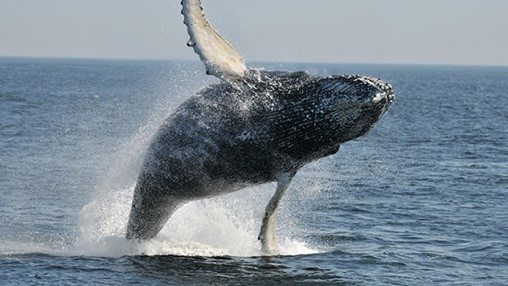
Quebec City is not beside the St. Lawrence River by mistake. This spot was chosen for the first settlement in the new world strategically, being beside the river gave the settlers access to the great lakes and was easier to defend from the British. Quebec gets its name from the Algonquin word ‘Kebec’, meaning where the river narrows. Standing on the banks gazing at the majestic river, over a kilometer from shore to shore in front of the castle, it is difficult to imagine that this is the narrow part. Even more surprising are the creatures lurking below the surface. The St. Lawrence river is home to 13 different species of whales including beluga, humpback, blue and killer whales. If you want to venture outside of Quebec city, follow the river north a couple of hours and there are whale watching tours in bas Saint-Laurent and Gaspésie.

